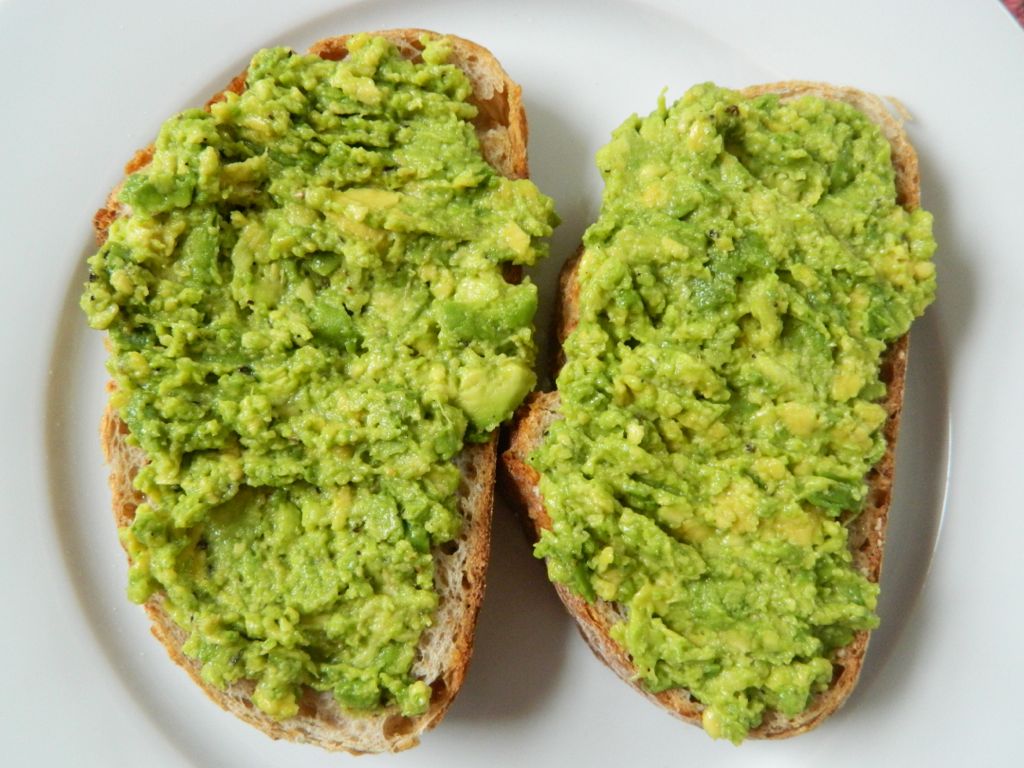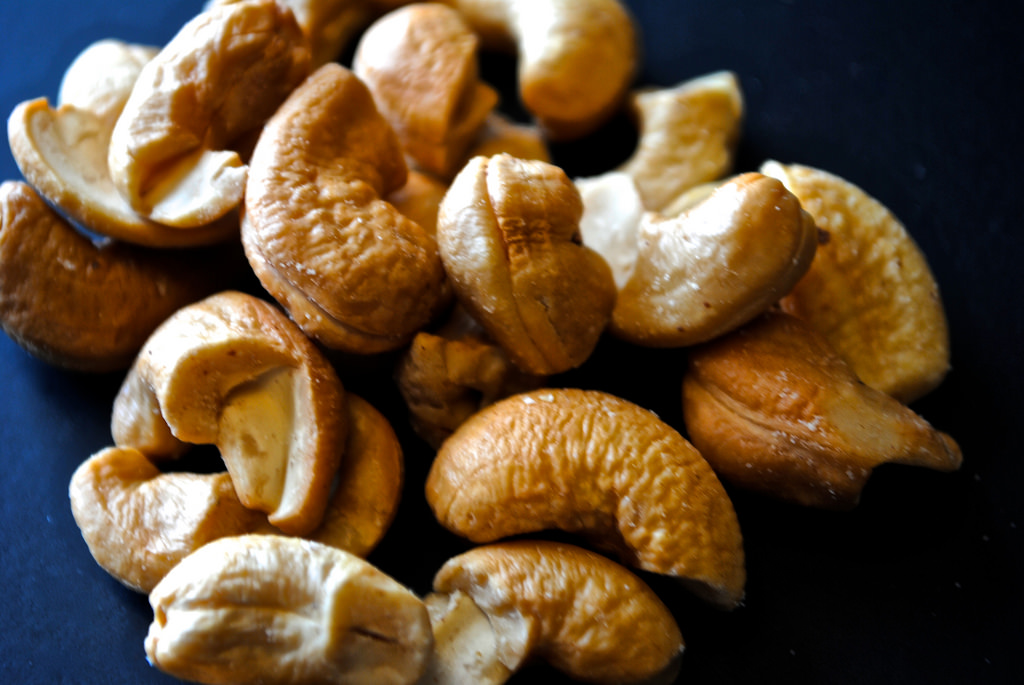“Whatever, it’s healthy.”
If these words have graced your lips then here’s the sad truth; you can have too much of a good thing, and often times, we do. Over the years food portions and servings have drastically increased, and it seems American’s waistlines and a host of health problems have followed suit. Twenty years ago, a bagel was 3-inches in diameter and 140 calories; today, a bagel is 6-inches in diameter and 350 calories!
Here’s your exclusive breakdown:
When we label foods as “healthy”, we suddenly have the misconception that we can eat limitless quantities, without consequences (sometimes, we even think we can eat our way to negative calories, also not true). The solution? Awareness about what you are really eating, and how much. First, let’s clear the air of some jumbled vocabulary; a portion size is the amount of food we choose to eat, while a serving size is the amount of food that is suggested by food experts.
The crowd favorite: Avocados

Photo by Julia Maguire
Who do you know that doesn’t have an Instagram pic of the oh-so-famous avocado toast? (Nobody who’s anybody, that’s for sure.) But, what isn’t advertised in that #nofilter #avocadotoast #healthy pic is that one avocado can have up to 400 calories, and a suggested serving is 1/5 of the whole fruit. A great use for this healthy choice of fat is as a supplement to foods, like salads, sandwiches, even hummus, and as a substitute for other fats, such as butter, oil, dressing, mayo or cheese!
The deceptive culprit: Nuts

Photo by Bari Blanga
As a great source of energy, they’re advertised toward athletes, hikers, studying students and as a weight-loss tool (proven to help with weight loss by keeping you fuller longer–not because you can eat as many as you want). Nuts are packed with healthy fats, protein and vitamins; how many give you what you need and how many are too many?
Nut servings are typically put into ounces (1 oz suggested serving) but who knows what an ounce looks like?
Almonds: 20-24 nuts equals about 160 calories
Cashews: 16 nuts equals about 160 calories
Walnuts: 14 nuts equals about 190 calories
Pistachios: 40-45 nuts equals about 160 calories
Peanuts: 28 nuts equals about 170 calories
Having servings in mind when looking for a quick snack is an easy way to avoid over-doing it but watch out for instances when it’s not so easy to count.
Trail-blazer to overeating: Trail Mix

Photo by Tiare Brown
Trail mixes, are another super snack that provide a great variety of protein and vitamins, but also pack a punch with sugar, calories and fat. When eaten in reasonable amounts it’s, undoubtedly, an awesome fuel source for your hike, sports practice or late night studying. However, downing the whole package or delicious, homemade batch is a sure way to be eating several hundred calories in a matter of minutes. Check out the serving size on the back of your packaged mix. If making it yourself, be aware of the amount of nuts, dried fruit (1/4 cup of dried fruit equals about 140 calories) and chocolate that you use. A serving of trail mix is approximately, one handful (1/4 cup) and is about 170 calories.
On a campus without measuring cups and scales at every food vendor, it can be tricky to keep track of your intake, here are some tips:
One serving of…
Grapes (15): size of a light bulb
Cut fresh fruit or green salad (1 cup): size of a baseball or fist
Raisins (1/4 cup): size of an egg
Processed cheese (1 oz): size of your thumb
Chicken, meat, fish (3 oz): size of palm or deck of cards
Peanut butter, butter, margarine (1 tsp): tip of your thumb (from knuckle to tip)
Pretzels (1 oz): two handfuls
Ice cream (1 cup): size of baseball
The goal of eating awareness isn’t to make you feel self-conscious or scared of food, but rather to help you realize what you are putting into your body compared to what it actually needs. As you’re eating that fresh, homemade bagel take a minute to breathe between bites and remember that 20 years ago, people were just as satisfied with one half the size, and maybe you will be too. (Or not, but at least you’ll know what you’re eating!)

